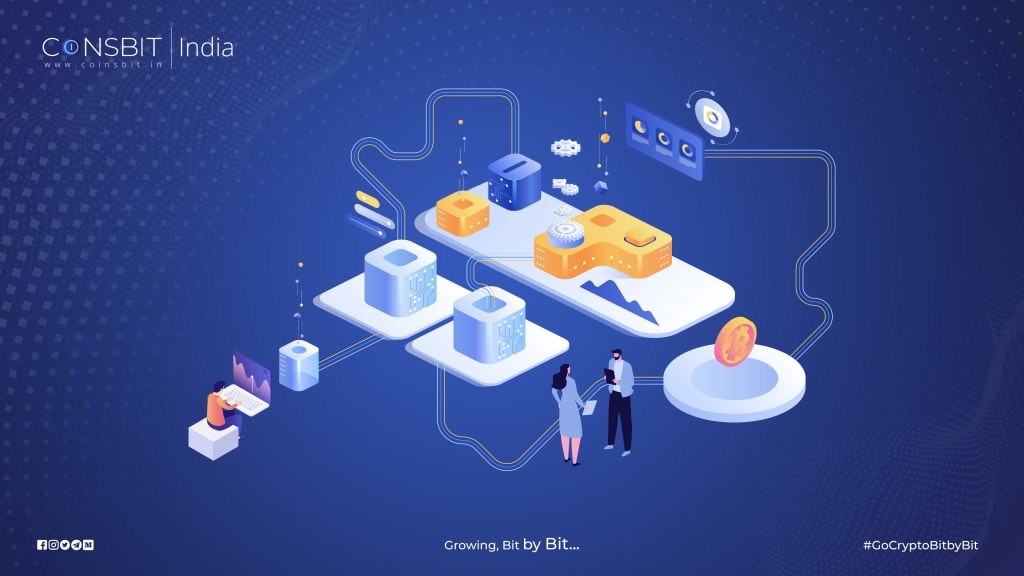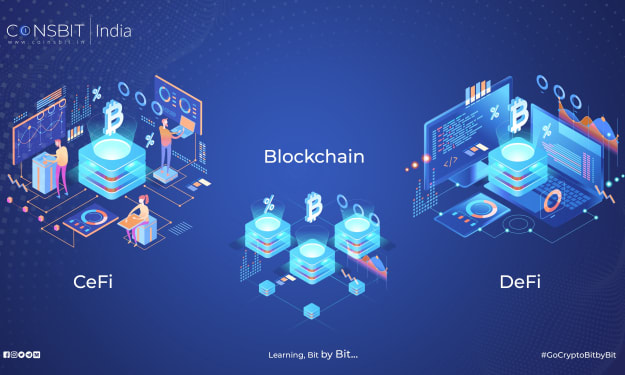
Nodes are vital components in the Bitcoin network and essential for keeping the cryptocurrency blockchain running. Simply put, a node is a computer connected to other computers, which follows rules and shares information.
A ‘full node’ is a computer in Bitcoin’s peer-to-peer network which hosts and synchronises a copy of the entire Bitcoin blockchain. Nodes are what keep Bitcoin alive and key part in the decentralization of the cryptocurrency. Let’s take a look at how Bitcoin nodes work and how to run one.
What makes a full node?
As the Bitcoin wiki explains, full nodes download every block and transaction and check them against Bitcoin’s consensus rules.
Examples of consensus rules include:
Blocks may only create a certain number of bitcoins. (Currently 6.25 BTC per block)
Transactions must have correct signatures for the bitcoins being spent.
Transactions/blocks must be in the correct data format.
Within a single block chain, a transaction output cannot be double-spent.
If a transaction or block goes against these rules, then it is fully rejected. Because all full nodes have to use the same consensus rules in order to remain compatible, it is not recommended to create them from scratch. One should use software based on the reference client, which is guaranteed to behave in the correct way.
The minimum requirement is that a full node has to download every transaction that has ever taken place, all new transactions, all block headers, and every unspent transaction output until it is spent.
How to run a full node
Minimum Requirements
Bitcoin Core full nodes have certain requirements that should be upheld:
:Desktop or laptop hardware running recent versions of Windows, Mac OS X, or Linux.
:7 gigabytes of free disk space, accessible at a minimum read/write speed of 100 MB/s.
:2 gigabytes of memory (RAM)
:A broadband Internet connection with upload speeds of at least 400 kilobits (50 kilobytes) per second
Johnson Xu gives an example of one way to run the node.
Step 1: Hardware.
Decided to run my Bitcoin full node using Raspberry Pi 3+.
:Raspberry Pi 3+ complete starter kit
:1 TB Hard Drive from my old laptop
:HDMI cable
:Keyboard and Mouse
:Monitor
Step 2: Choose what OS you want to run.
Decided to run my full node using Ubuntu Mate 16.04.2 LTS.
You can choose to run your full node on any version of Windows, Mac or Linux as long as it meets the full node minimum requirements.
Step 3: Set up the hardware/OS.
Step 4: Install Bitcoin.
Step 5: Configure your router to allow port 8333 on TCP/UDP protocol. You will need to configure your router to accept incoming connections on port 8333.
Step 6: Verify that your Bitcoin Node can be reached.
You can use the handy tool developed by EARN.COM: https://bitnodes.earn.com/”.
Functions
The advantages of running a full mode are not the same, or even similar as the advantages of mining Bitcoin. There are no monetary rewards, but running a full bitcoin node includes its own intangible benefits. First and foremost, it increases the security of transactions.
Additional incentives for running a node as explained by Jameson Lopp, include:
:“To have a copy of the ledger that you have validated yourself, rather than having to trust a third party to be honest about the state of the ledger.
:To have a local copy of the blockchain for faster querying. Businesses that are parsing the blockchain for specific data will find it is orders of magnitude faster to do so on a local copy than by querying services over the Internet.
:To attain the strongest privacy available. Full nodes don’t query third parties like centralized and SPV wallets”.
Possible issues to look out for
Legal: Bitcoin use may be prohibited or restricted in some areas, such as China.
Anti-virus: Some people may maliciously place parts of known computer viruses in the Bitcoin block chain. It is not a danger to your computer, but if you use an anti-virus, it may quarantine your data anyway, which will make it difficult to run Bitcoin Core. This is mainly present in Windows computers.
Bandwidth limits: Running a Bitcoin node may take up a lot of upload bandwidth, so make sure you are aware of this and can speak to your provider to come up with a right plan.
Attack target: Bitcoin Core powers the Bitcoin peer-to-peer network. People who want to affect the network in a negative way may target Bitcoin Core users, such as through attacks that limit your available download bandwidth.
About Coinsbit
Coinsbit India is a peer-to-peer crypto trading platform connecting buyers with the sellers which is powered by Europe’s largest and award winning cryptocurrency exchange. Coinsbit.in aims to bring professional, smooth, easy and highly liquid Crypto platform in India delivering superior user experience.





Comments
There are no comments for this story
Be the first to respond and start the conversation.